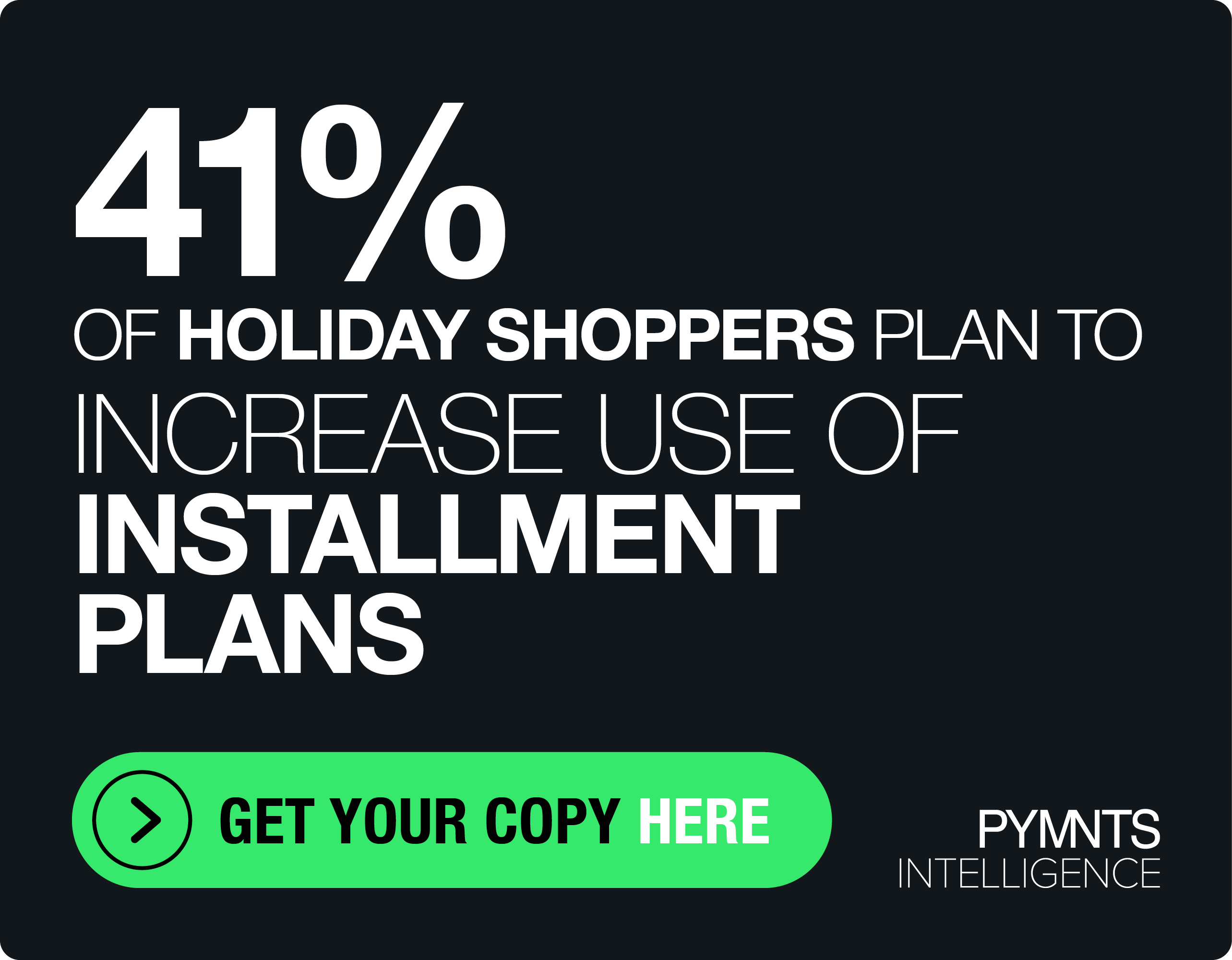Inside the Upside of India’s New Bundled, Cross-Border Remittance System
In India, a broadening by the Reserve Bank of India (RBI) of the ways and means through which citizens can send money abroad will open the floodgates to FinTechs and other businesses dealing with cross-border payments.
Reeju Datta, co-founder of Cashfree Payments, told PYMNTS’ Karen Webster that the central bank’s Liberalized Remittance Scheme (LRS) will have the most immediate impact on the education, travel and investing spheres. The revised scheme will now let third-party providers such as Cashfree Payments help businesses offer-cross border payment services to consumers in India seeking to send dollars abroad.
“Everyone is coming online, the growth rates in these market segments are very fast,” he said. “And companies want to access the market without having to set up business in India,” with an actual (physical) presence in that market or by integrating with banks directly — a time-consuming and costly process.
On the other side of the equation, Indian consumers are increasingly traveling for work, for pleasure and to pursue higher education. But for the FinTechs and the enterprises who want to tap these (and other) verticals, a bit of help is in order.
In particular, he said, Cashfree Payments, as a B2B platform, makes it easier for enterprise clients desiring to reach India’s hundreds of millions of consumers to embed payments into their flows in a compliant manner.
18-Month Process
The conversation happened just as Cashfree Payments recently secured approval from RBI, the central bank of India, to be part of the LRS — the culmination of an 18-month process.
Getting a bit more granular, he said, the Liberalized Remittance Scheme allows Indian consumers to send money outbound for specific use cases, up to a limit of $250,000 USD annually. He noted that such transactions had previously been the domain of only banks and other specifically-regulated entities in India (known as “authorized dealers,” or AD for short).
“But now,” he explained, “the central bank is allowing third-party entities such as Cashfree Payments, a payments processor, to become a part of the ‘customer-facing’ leg of the flow.”
After opening up those remittances to a wider range of providers, he said, senders and receivers will enjoy the benefits of better convenience, lower costs and greater processing and transfer speed.
For LRS inclusion, he said, Cashfree Payments had to “tweak” its existing product to ensure that the compliance-related requirements of cross-border transactions would be fulfilled. There were also additional considerations tied to foreign exchange (FX) rates and tax reporting.
But as an end result, he said, Cashfree Payments is enabling other FinTechs to embed payments into their flow in a compliant manner.
FinTechs using the Cashfree Payments platform can broaden available use cases to Indian consumers and unlock potential — for example, FinTech investment platforms can use Cashfree Payments to offer retail investors in India the option to make payments in local payment modes like UPI, netbanking, etc., and then the funds are remitted to the relevant partner institution. By the next day the funds will be available for investment. That means that investors can now own and trade other assets, too, including foreign listed stocks, mutual funds and ETFs.
Reeju said Cashfree Payments is endeavoring to speed those funds’ availability and make it same-day while also making it easy to digitally collect documents required for KYC.
“All of this back-end activity takes place in a seamless manner,” Datta told Webster, “and now it’s almost on par with domestic payments processing.”
Other use cases extend into verticals such as education, where Cashfree Payments is partnering with FinTechs and educational consultants to help them offer parents and students options to transfer funds to overseas educational institutions. There are additional complexities, he said, as payments for education-related transactions tend to be of high value. In such cases UPI as payment mode might not work, since the UPI limit is $1300; other payment modes that support higher-value payments need to be used. Another complexity is that educational payments are almost always accompanied by loans and additional tax considerations — the set of documents varies, and all this needs to be “built into” the payments flow.
Along the way, he said, the platform model (and LRS scheme) also allows students to receive the funds they need to tackle the personal expenses associated with living in another country, such as setting up an apartment.
Borders Are Opening
Travel represents another promising vertical, said Datta, as India remains a strong outbound travel market — and the pent-up demand is there, given that the pandemic kept everyone home for so long.
Travel payments are complex, he said: travel agents and aggregators need different document flows to accompany payments, from tickets to passports. There’s a healthy offline presence in the industry, too, as travel agents typically serve rural consumers — though more of those businesses are moving online.
Along the way, he said, the platform model (and LRS scheme) will be customizable for segments like education, travel, family remittance and investments, among others.
Datta told Webster, “at the heart of it, Cashfree Payments is making it easier for businesses to tap into the fast-growing market that is India with its LRS platform.”
